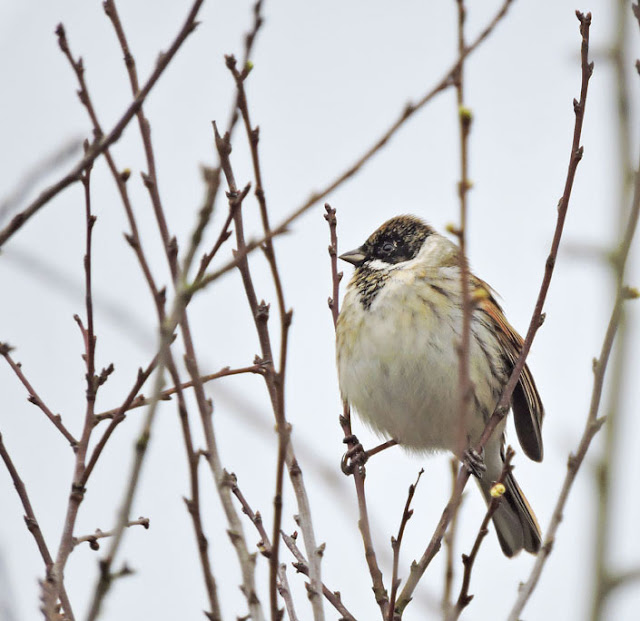It's all about timing

The past few days has seen some unusual behaviour from the ragged collection of birders who sometimes call Canons Farm 'home'. And that is the twitching of uncommon gulls - uncommon in the fact that the species that were involved were uncommon on site, but also uncommon in actually being grounded, and not just flying through, high above the fields as they normally do. A first-winter Mediterranean Gull kicked the whole thing off by appearing (for at least two hours) in the preposterously named Infront George Field - and Skylark Field, on Saturday afternoon. Then yesterday an immaculate first-winter Iceland Gull joined in the fun by spending an hour of two in the same fields, then moving onto, and settling down in, Tart's Field (all our fields have names!). A good excuse for another dodgy record shot? I reckon so: And this morning a couple of superb adult Mediterranean Gulls decided to crash the party, choosing Skylark Field and Broad Field to hang out, long enough f...










